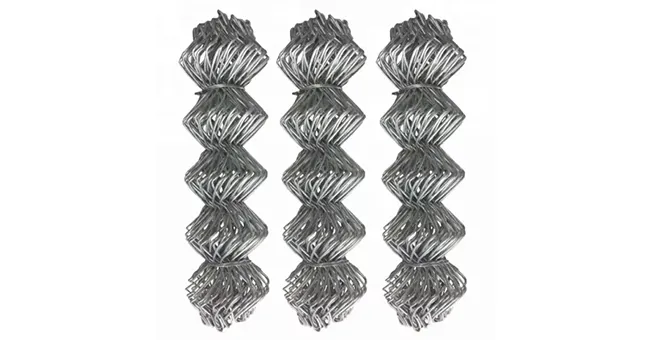-
 Phone:
Phone: -
 Email:
Email:

Understanding the Cost Factors Influencing Barbed Wire Fence Prices for Your Property
The Price of Barbed Wire Fence A Comprehensive Overview
Barbed wire fencing has long been a staple for agricultural, industrial, and residential applications. While it effectively serves various purposes, such as delineating property lines, keeping livestock contained, and providing security, understanding the price factors of barbed wire fencing is crucial for consumers and businesses alike. This article delves into the various aspects influencing the cost of barbed wire, enabling potential buyers to make informed decisions.
What is Barbed Wire?
Barbed wire consists of a set of wires twisted together with sharp spikes or barbed points at regular intervals. The design serves a dual purpose it prevents animals and intruders from crossing a boundary while being relatively inexpensive compared to other fencing options. The typical compositions include high-tensile steel, galvanized steel, or even plastic-coated wire, depending on the intended use and longevity required.
Factors Influencing Price
1. Material Quality The primary determinant of price is the quality of the materials used in the barbed wire. High-tensile steel is often more expensive but offers greater strength and durability. Galvanized options may also cost more up front but provide better rust resistance, leading to lower maintenance costs over time.
2. Diameter and Gauge Barbed wire comes in various diameters and gauges. Thicker wires (with a smaller gauge number) tend to cost more. The choice of diameter often depends on the purpose of the fence; for instance, a farm may require sturdier wire to contain larger animals, while a residential setup could utilize a thinner gauge.
price of barbed wire fence

3. Barb Spacing and Shape The distance between barbs and the design shape (such as twisted or double-stranded) can also influence pricing. More closely spaced and intricately designed barbs typically enhance security but come at a premium.
4. Length and Roll Size Barbed wire is generally sold in rolls, and the length of these rolls can vary. Most commonly, you can find rolls ranging from 50 to 1320 feet. Buying in bulk or larger rolls often results in a lower cost per foot, encouraging businesses to assess their needs carefully before making a purchase.
5. Supplier and Geographic Location Where you buy your barbed wire can significantly impact the price. Local suppliers may charge more due to fewer overhead costs — transportation fees can also add to the price if the wire is sourced from distant manufacturers. Seasonal demand fluctuations, such as in agricultural cycles, can further influence pricing.
6. Installation Costs Beyond just the price of the wire itself, installation fees should also be considered, especially for those who cannot do the fencing work themselves. Labor costs can vary dramatically based on region and the complexity of the installation. In some cases, opting for professional installation may end up costing more than the fencing material itself.
Conclusion
When contemplating a barbed wire fence installation, it is crucial to account for all contributing factors, from material quality to installation costs. Prices can vary widely based on these elements, making it essential to perform thorough research and seek out quotes from multiple suppliers. By understanding the market and the specific needs for a fencing project, consumers can set a budget that aligns with their practical requirements while keeping costs manageable. Ultimately, investing time in understanding the price of barbed wire fencing will result in a more durable, effective, and economical fencing solution.
-
Wire Mesh for Every Need: A Practical SolutionNewsJul.25,2025
-
Steel Fences: Durable, Secure, and Stylish OptionsNewsJul.25,2025
-
Roll Top Fencing: A Smart Solution for Safety and SecurityNewsJul.25,2025
-
Cattle Farm Fencing Solutions for Maximum SecurityNewsJul.25,2025
-
Affordable Iron Binding Wire SolutionsNewsJul.25,2025
-
Affordable Galvanized Wire SolutionsNewsJul.25,2025
-
Wire Hanger Recycling IdeasNewsJul.25,2025








